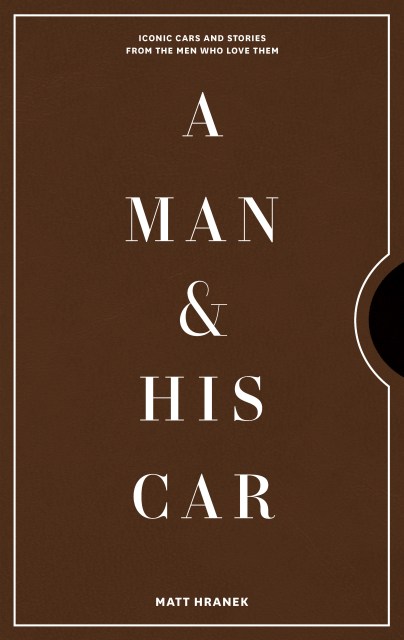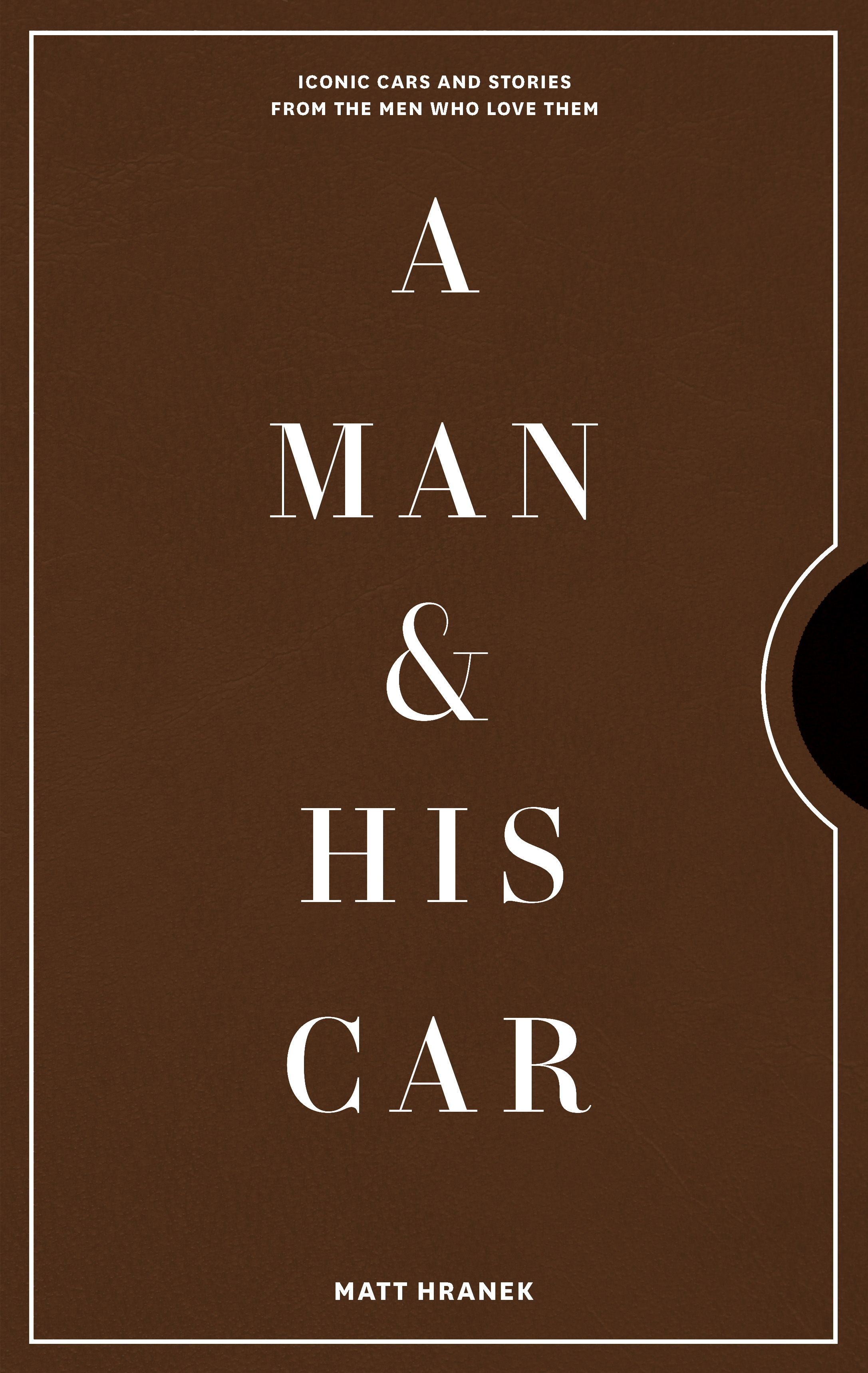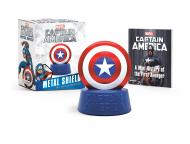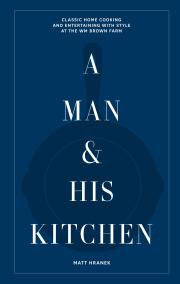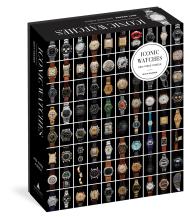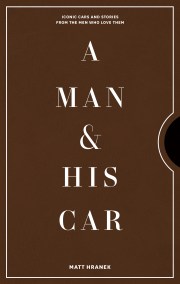A Man & His Car
Iconic Cars and Stories from the Men Who Love Them
Contributors
By Matt Hranek
Formats and Prices
Price
$32.99Price
$42.99 CADFormat
Format:
- ebook $32.99 $42.99 CAD
- Hardcover $45.00 $57.00 CAD
This item is a preorder. Your payment method will be charged immediately, and the product is expected to ship on or around October 13, 2020. This date is subject to change due to shipping delays beyond our control.
Also available from:
A Sports Car News and InsideHook Best Coffee Table Book for Car Lovers
Celebrate That Special Bond Between Men and Cars, and the Stories That Connect Them
Discover actor and director Ed Burns talking about his 1969 Oldsmobile Cutlass Supreme, a model he’d been dreaming about since his days pumping gas. NBA legend Shaquille O’Neal, whose favorite cars are trucks—he loves the wow factor of an International CV Series 6.6. Or Jay Leno on his 1955 Buick Roadmaster, big enough for him to sleep in while trying to make it as a comic. Filled with stunning photographs of the whole cars and of the exquisite details that make car lovers’ hearts beat just a little faster, as well as more than 80 personal stories, it’s a joy for every reader who knows that a car is never just a car.
Series:
-
“Automotive joy. . . . Stories that will resonate with any car lover.”
—Fortune
“Truly epic. . . . A Man His Car explores the personal connection between an eclectic mix of gentlemen and their cherished rides, from celebrities to collectors to the everyman who fell fast and hard for a certain four-wheeler.”
—Robb Report
“A Man His Car pairs gorgeous photos of A-listers' personal autos with first-person essays on their automotive loves.”
—Hollywood Reporter
“Fascinating. . . . [Hranek’s] gallery-worthy photos are visual testimony to car design as an art form and are paired with their owner's memories and the joys of being a gearhead. . . . Hranek tells the accompanying stories with affection, experience and an underlying passion. This illustrated tale of the love affair between owners and automobiles is certain to take readers on an armchair roadtrip they'll happily repeat many times.”
—Shelf Awareness for Readers
- On Sale
- Oct 13, 2020
- Page Count
- 240 pages
- Publisher
- Artisan
- ISBN-13
- 9781648290046
Newsletter Signup
By clicking ‘Sign Up,’ I acknowledge that I have read and agree to Hachette Book Group’s Privacy Policy and Terms of Use
